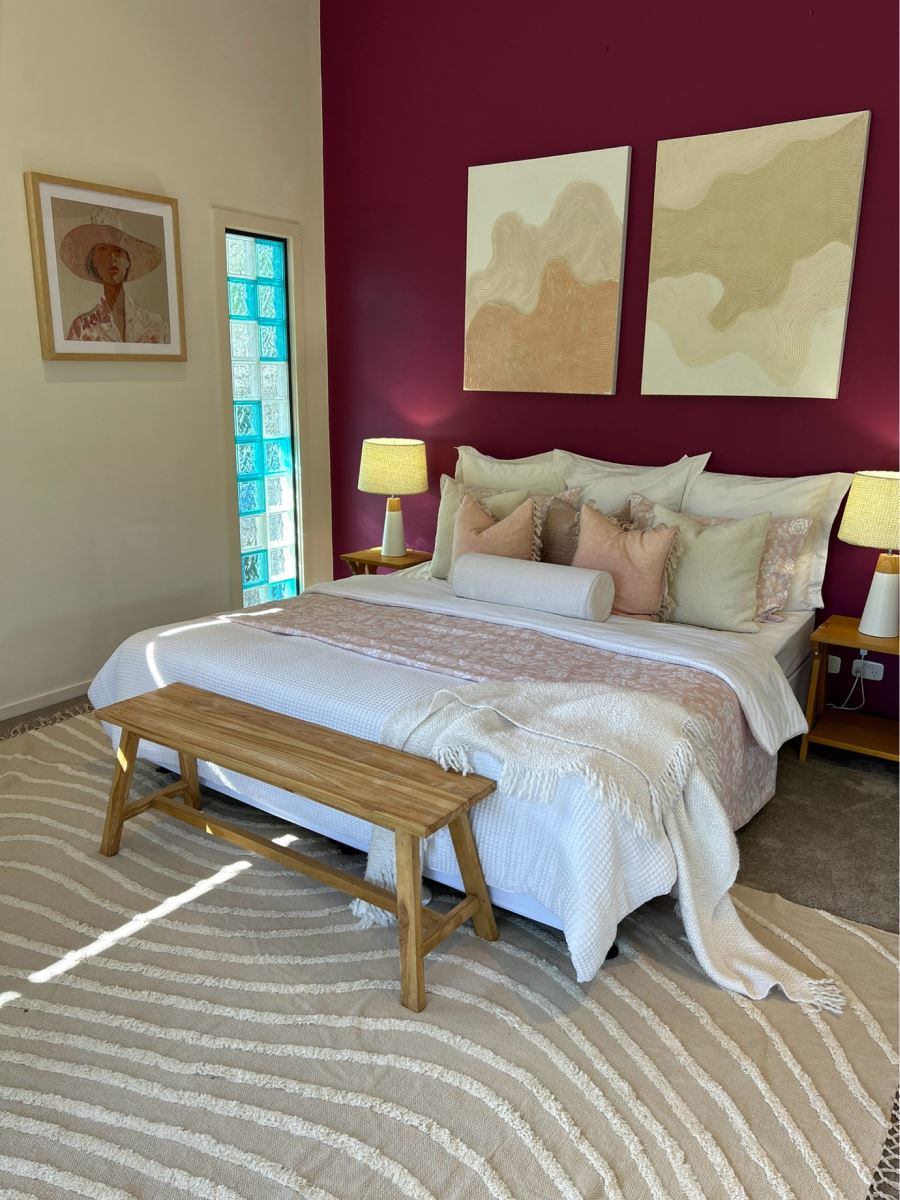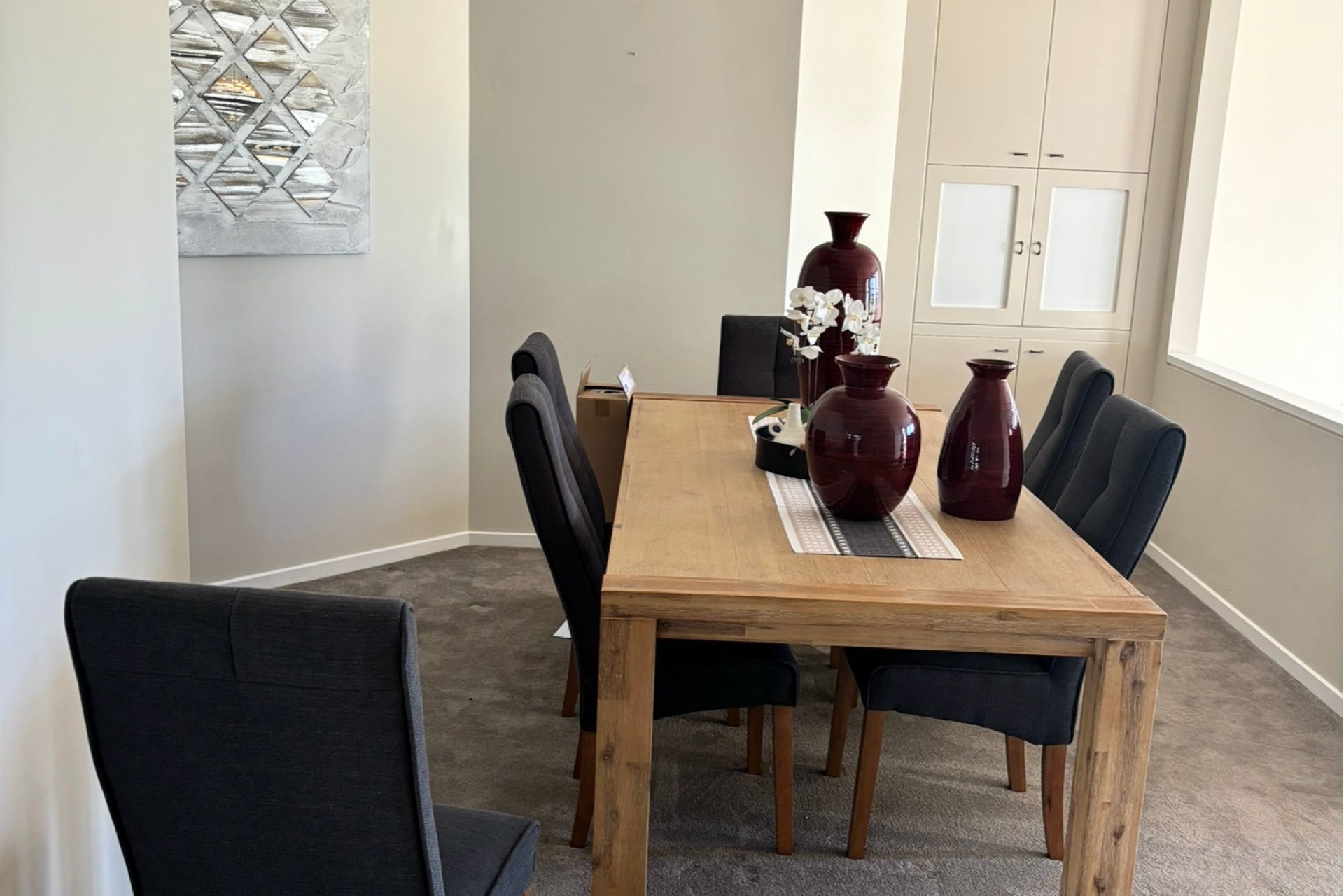When it comes to selling your home, first impressions are everything. Home staging plays a crucial role in showcasing your property in the best light and attracting potential buyers. However, even well-intentioned efforts can go awry, leading to staging fails that might turn off buyers. Here are some common home staging mistakes and how to avoid them to ensure your home stands out positively in the market.
1. Overpersonalization
- The Problem: Personal items like family photos, unique collections, or personalized decor can make it hard for buyers to envision themselves living in the space.
- The Solution: Depersonalize your home by removing personal photos, memorabilia, and unique decor items. Opt for neutral, universally appealing decor to create a blank canvas for buyers.
2. Ignoring Clutter
- The Problem: Clutter can make spaces appear smaller and less organized, which is unappealing to buyers.
- The Solution: Declutter each room thoroughly. Remove unnecessary items, organize storage spaces, and ensure surfaces are clean and tidy. Minimalism can make your home look more spacious and inviting.
3. Neglecting Repairs
- The Problem: Visible signs of disrepair, such as leaky faucets, cracked tiles, or peeling paint, can give buyers the impression that the home has not been well-maintained.
- The Solution: Address all necessary repairs before staging. Fix any visible issues, and consider hiring a professional to handle more significant repairs to ensure your home looks well-cared for and move-in ready.
4. Overwhelming Colors and Patterns
- The Problem: Bold colors and busy patterns can be distracting and may not appeal to all buyers.
- The Solution: Choose neutral colors for walls, furniture, and decor. Soft, neutral tones create a serene atmosphere and allow buyers to focus on the home’s features rather than the decor.


5. Inadequate Lighting
- The Problem: Poor lighting can make rooms feel dark and uninviting.
-The Solution: Maximize natural light by opening curtains and blinds. Add additional lighting where needed, such as floor lamps, table lamps, and under-cabinet lighting, to brighten up dark areas. Well-lit spaces feel more welcoming and spacious.
6. Neglecting Curb Appeal
- The Problem: The exterior of your home is the first thing buyers see, and an unattractive exterior can deter them from even entering.
- The Solution: Enhance your home’s curb appeal by maintaining the lawn, trimming bushes, planting flowers, and ensuring the exterior is clean and well-kept. A fresh coat of paint on the front door and clean, welcoming entryway can make a big difference.
(1).jpg)

7. Improper Furniture Arrangement
- The Problem: Furniture that is too large, too small, or poorly arranged can disrupt the flow of a room and make it feel cramped or awkward.
- The Solution: Arrange furniture to highlight the room’s strengths and create a natural flow. Use appropriately sized furniture and avoid overcrowding. In smaller spaces, consider removing unnecessary pieces to make the room feel larger.
8. Overpowering Scents
- The Problem: Strong scents from candles, air fresheners, or cooking can be overwhelming and off-putting to buyers.
- The Solution: Aim for a clean, neutral scent throughout your home. Fresh air, subtle natural scents like fresh flowers, or mild, natural air fresheners are preferable. Ensure your home is clean and well-ventilated to avoid unpleasant odors.
9. Misusing Artwork and Decor
- The Problem: Artwork and decor that are too personal, out of proportion, or not cohesive with the room’s style can be distracting.
- The Solution: Choose artwork and decor that complement the room’s style and color scheme. Use pieces that are appropriately sized for the space and avoid overly personal or controversial items.


10. Forgetting About Functionality
- The Problem: Staging for aesthetics alone can sometimes overlook the practical aspects of a space, leading to a staged home that looks good but doesn’t function well.
- The Solution: Ensure that each room is staged with its intended purpose in mind. Highlight functional spaces like home offices, play areas, and storage solutions to show how the home can meet various needs.
.jpg)

By avoiding these common home staging fails, you can present your home in the best possible light and increase your chances of attracting serious buyers. Remember, the goal of staging is to make it easy for buyers to imagine themselves living in your home. Keep it clean, neutral, and inviting to make a lasting positive impression

